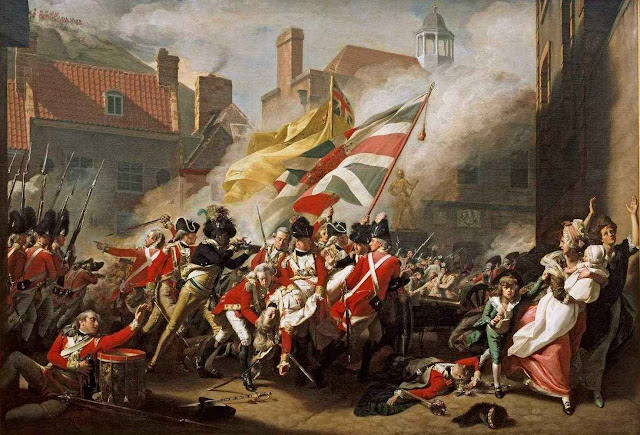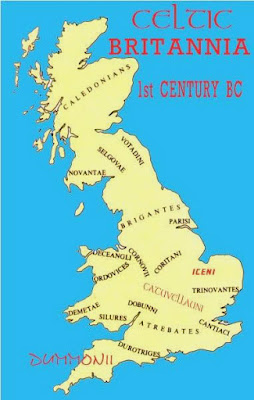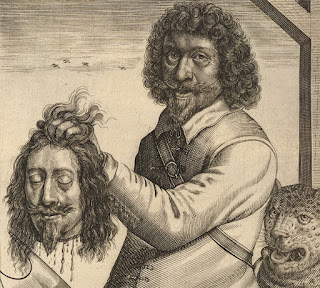Independence of British States
War of Independence
The American War of Independence (1775-1783)
was a conflict between Great Britain and its 13 colonies (Massachusetts, New
Hampshire, Rhode Island, Connecticut, New York, Pennsylvania, New Jersey,
Delaware, Maryland, Virginia, North Carolina, South Carolina and Georgia) to
achieve the independence of Great Britain.
-Deficient
administration: Each
colony had its own Assembly with elected members, but there were many conflicts
between the Governors and the representatives of the colonies. he
administrative system of each colony was controlled by the British Parliament.
The British Parliament didn’t recognize the colonial problems, so the colonist
raised their voices against the administrative system.
-Restrictions on Colonial
Trade: The British
government regulated the colonial trade and imposed tariffs to some products.
Thus, the colonials carried out the Boston
Tea Party, in which the colonials destroyed an entire shipment of tea sent
by the East India Company as a protest for the high-prized tariffs.
-Influence of the
Seven Years War: This
war enabled the people to stand by themselves. They didn’t want to maintain the
British Army.
-Writers and
Philosophers: Some
American writers, like Samuel Adams, were defenders of the independence. In
addition to that, these writers were at the same time influenced by the Illustration
and its modern ideas.
-The Stamp Act (1765): England decided that the American
colonists must support the Army’s expenses. So, George Greneville, the Prime
Minister, passed the Stamp Act in 1765. The tax which was collected from this
stamp was to be used for the expenditure of the Standing Army in America. The
stamp was destroyed by the colonials, and their cry was No taxation without representation (representation in the British
Parliament).
-The Declaratory Act
(1766): It
repleaded the Stamp Act. It declared that the Mother Country had the right to
impose taxes on the Colonies. This created a storm among the Americans and they
became revolutionary.
-The Declaration of
Independence (1776): On
4th July 1776, the 13 American Colonies met at Philadelphia. A paper
was drafted by Thomas Jefferson and this Declaration of Independence was
unanimously accepted in the Congress by the thirteen American Colonies. This
historic document proclaimed the cause of the war.
Course of the War:
By 1775, tensions between the American colonies
and the British government approached the breaking point, In the spring of
1775, General Thomas Gage, the British governor of Massachusetts, received
instructions from England to seize all stores of weapons and gunpowder
accessible to the American insurgents.
The Boston Patriots had been preparing for such
a military action by the British for some time, and upon learning of the
British plan, Patriots Paul Revere and William Dawes were ordered to set out to
rouse the militiamen and warn Adams and Hancock. When the British troops
arrived at Lexington, Adams, Hancock, and Revere had already fled to
Philadelphia, and a group of militiamen were waiting. The Patriots were routed
within minutes, but warfare had begun, leading to calls to arms across the
Massachusetts countryside.
When the British troops reached Concord, they
found themselves encircled by hundreds of armed Patriots. They managed to
destroy the military supplies the Americans had collected. By the time the
British finally reached the safety of Boston, nearly 300 British soldiers had
been killed, wounded, or were missing in action. The Patriots suffered fewer
than 100 casualties.
The battles of Lexington and Concord were the
first battles of the American Revolution, a conflict that would escalate from a
colonial uprising into a world war that, seven years later, would give birth to
the independent United States of America.
Consequences:
After the war, the independence of the Colonies
was recognized on the Treaty of Paris (1783). This treaty set the boundaries
between Great Britain and the Colonies.




Comentarios
Publicar un comentario